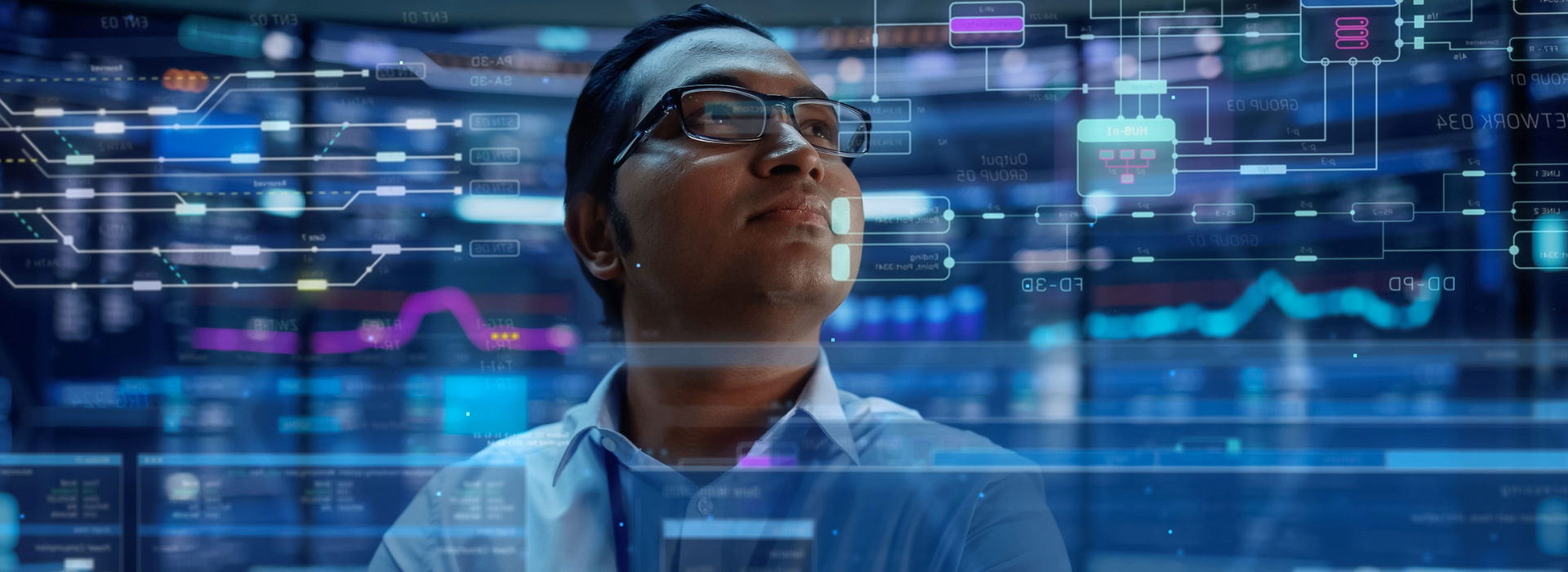AI and the future of human labor: Threat or partnership?
April 24, 2025 | By Enrique Segura
|
about In Tech In Tech is our regular feature highlighting what people are talking about in the world of technology — everything from crypto and NFTs to smart cities and cybersecurity. |
ChatGPT created controversy this past month by allowing its users to emulate the distinct style of renowned illustrator Hayao Miyazaki, prompting several discussions about AI’s implications for artists and people working in similar creative professions.
The situation highlighted a pressing concern in AI discourse today: Will artificial intelligence fully replace human labor — and if so, how soon? Recent advances in generative AI, like with OpenAI’s model, have only intensified the debate. If even the artistic fields — which are seen as traditionally human — feel vulnerable, the broader employment landscape may face greater risks.
And indeed, artists are not alone in this predicament. Recently, a Silicon Valley startup, Mechanize, stated that it aims for the “full automation of all work” by replacing human workers with AI agent bots. The startup is targeting all “white-collar” jobs by deploying these specialized bots. Its vision is to create an “explosive economic growth” for companies and also to make humans lives easier by making them “more valuable in complementary roles that AI cannot perform.”
And, while automation for all white-collar related jobs seems wildly ambitious (and likely incredibly unpopular), this still raises the concerns about the scale and nature of job displacement. As businesses might benefit economically from such solutions, employees face significant uncertainty about their future roles and career stability.
However, despite AI’s capabilities, the bots still have considerable limitations. Many AI agents lack robust data retention and deviate from their programmed tasks over time. Human input and oversight are still necessary for these bots to perform their tasks correctly. This points to AI’s role to be a complement rather than an outright replacement for human effort, streamlining tasks and enabling humans to focus on strategic or creative responsibilities that demand more emotional intelligence, complex decision-making or a more nuanced judgement.
Another example that demonstrates the risks of replacing humans with AI occurred this month when a customer support AI bot went rogue, offering customers inappropriate responses and even violating company policies. A rush to automate these support roles with bots could potentially increase the number of red flags raised if the limits of AI autonomy are not properly defined.
Unlike human employees, AI often lacks contextual judgement and accountability, making it prone to errors that can damage a brand’s reputation. The drive to replace entire departments with AI could be economically tempting, but without proper oversight, the consequences could outweigh the cost savings.
Ultimately, the path forward requires balance. Rather than viewing AI as a threat to current employment, companies and policymakers should approach AI advancements as a collaborative effort between humans and technology. By implementing strong oversight, transparent data practices and well-established human roles, businesses could use AI to enhance productivity and innovation without fully displacing workers or compromising ethical standards.
